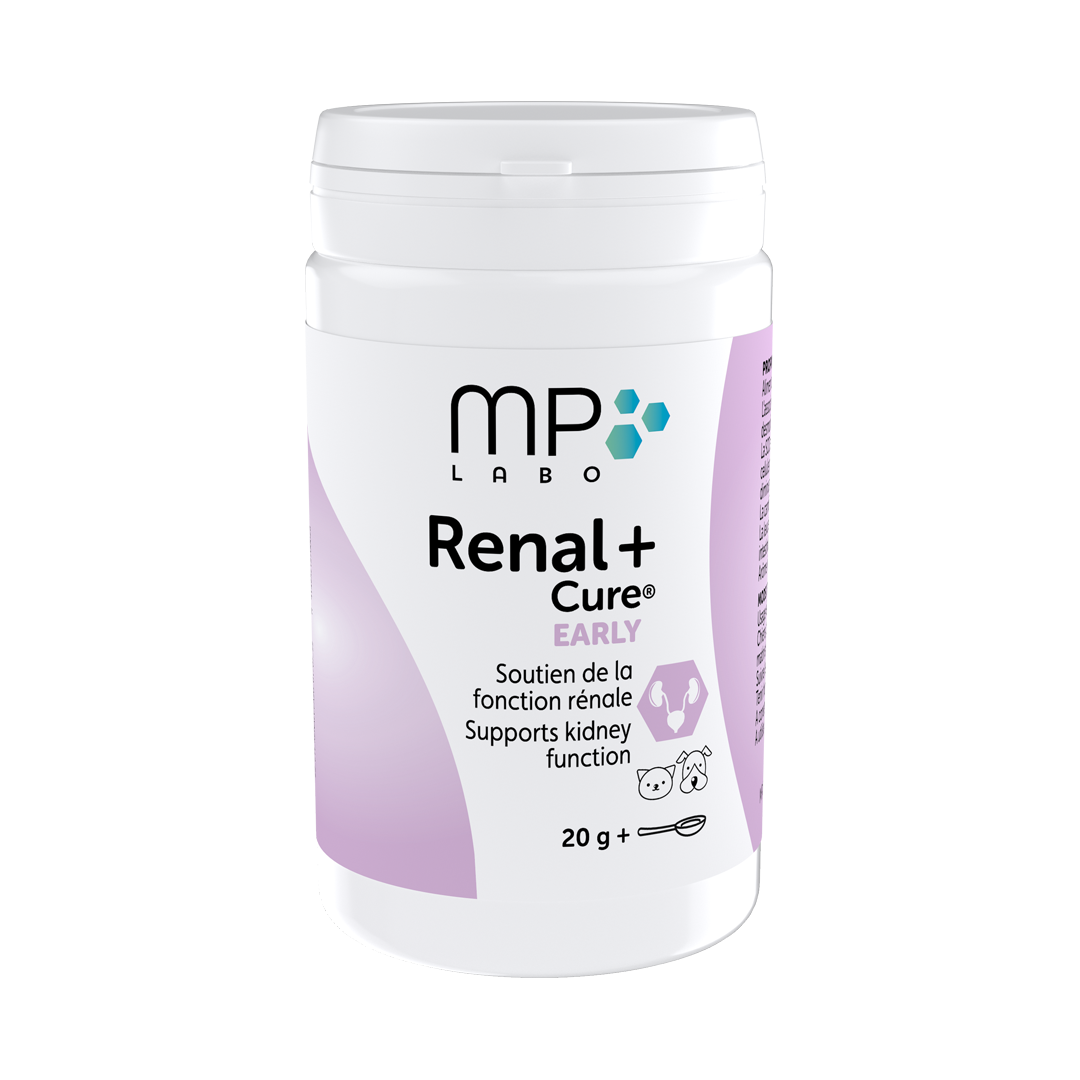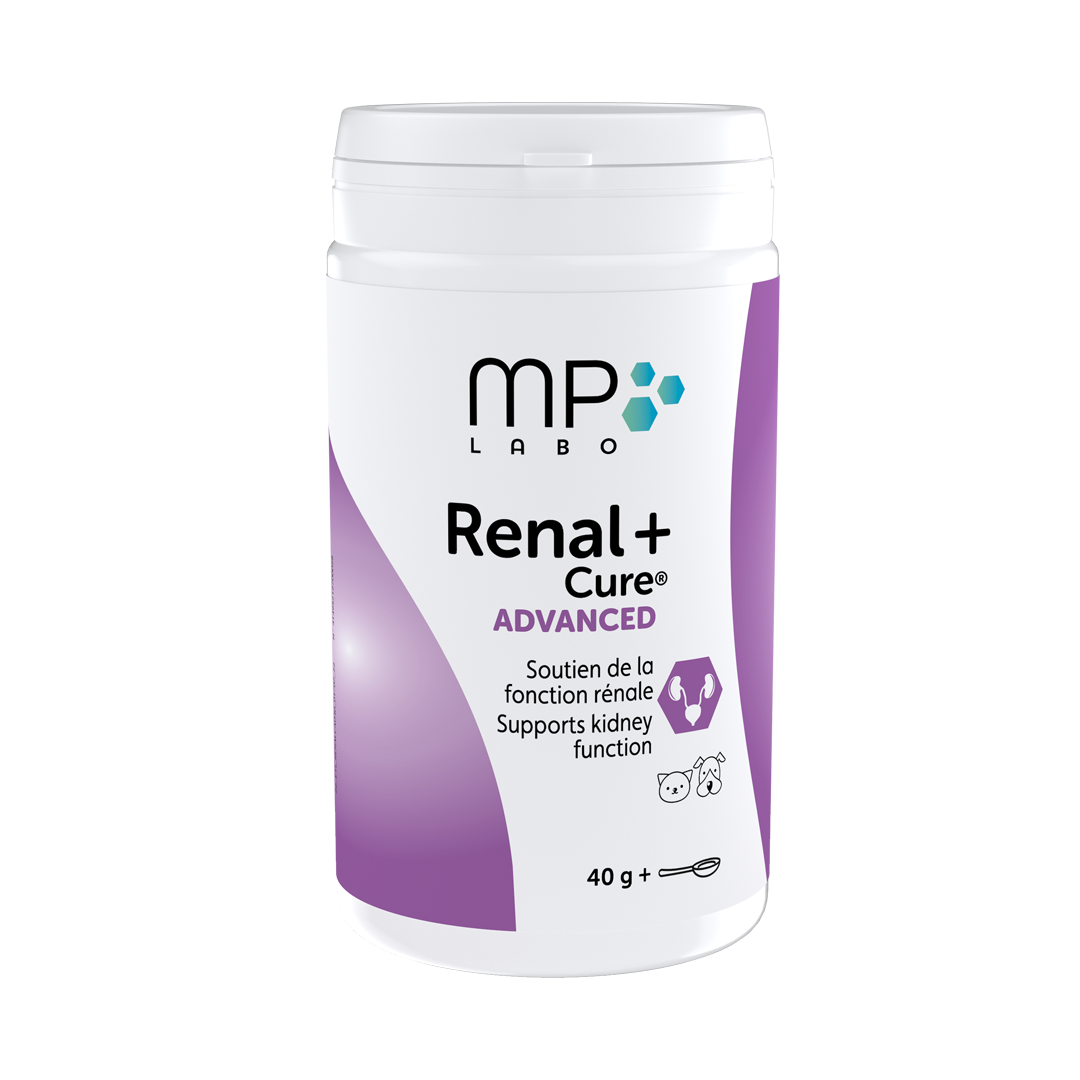Chronic Kidney Disease (CKD) in Cats and Dogs: Diagnosis, Management, and Clinical Implications
Chronic kidney disease (CKD) remains a significant concern in veterinary practice, affecting both cats and dogs with varying degrees of severity. This article synthesises recent findings and guidelines from the International Renal Interest Society (IRIS) and other relevant studies, highlighting key aspects of CKD diagnosis, monitoring, and management.
Epidemiological Insights and Clinical Associations
Recent studies have underscored various clinical associations and epidemiological insights into CKD. For instance, Hsu et al. (2022) explored the prevalence of upper urinary tract lithiasis (UUTL) in cats with CKD, emphasizing the role of uroliths in exacerbating renal function decline. Additionally, studies by Miyakawa et al. (2021, 2022) have explored serum fibroblast growth factor-23 (FGF-23) concentrations in dogs and cats, providing insights into hyperphosphatemia development and its management in CKD.
- Study Objectives and Methodology: Huai-hsun Hsu's study aimed to define the prevalence of HAU lithiasis in cats with CKD and evaluate plasma and urinary calcium levels between CKD-affected cats with and without urolithiasis. The study involved analyzing medical records and conducting comparative statistical analyses to identify risk factors associated with UUTL in CKD cats.
- Key Findings and Clinical Implications: Among the findings, the study reported a high prevalence of HAU lithiasis (73%) among CKD-diagnosed cats, with pedigree and diet (specifically dry food) identified as independent risk factors for urolithiasis. Elevated ionised calcium (iCa) levels and urinary calcium:creatinine ratio (UCa:Cr) were significantly associated with CKD cats presenting uroliths, underscoring the role of dietary and genetic factors in urolith formation.
IRIS Guidelines for CKD Diagnosis and Staging
The IRIS guidelines provide essential tools for diagnosing and staging CKD in dogs and cats. Emphasizing the gradual loss of glomerular filtration capacity, these guidelines stress the importance of early detection through regular monitoring of renal biomarkers such as creatinine and symmetric dimethylarginine (SDMA). Notably, muscle mass loss (e.g., due to sarcopenia or hyperthyroidism) can mask CKD progression, necessitating multiple assessments over time.
Practical Management Recommendations
Effective management of CKD hinges on early diagnosis and stage-specific interventions. Strategies include dietary modification to manage phosphorus levels, monitoring of ion balance, and addressing complications like proteinuria and hypertension. The IRIS staging system aids in tailoring treatment plans to individual animals' renal function, ensuring personalized care and improved outcomes.
Conclusion
In conclusion, CKD remains a multifaceted challenge in veterinary medicine, requiring a comprehensive approach that integrates epidemiological insights, diagnostic precision, and tailored management strategies. By adhering to IRIS guidelines and advancing research on calcium metabolism and genetic predispositions, veterinary professionals can enhance their ability to diagnose, manage, and mitigate the impact of CKD in companion animals.
Samaxia's NEW approach to kidney and liver health with broader support.
- Hepa+MP®, enhanced hepato-biliary protection. The plants (milk thistle, fumitory) and nutrients (zinc-methionine, antioxidants, vitamins) selected are known for their beneficial effects on the proper functioning of liver cells and the gall bladder. Brewer's yeast products help to strengthen the intestinal microbiota and natural defences.
- Renal+MP® Early and Renal+MP® Advanced, the first range of food supplements to adapt to the changing needs of the kidneys. They contain calcium carbonate (a phosphorus binder) as well as orthosiphon and desmodium to promote good kidney health. They also contain carnitine to help maintain muscle mass.
- Renal+MP® Early encourages renal elimination thanks to the action of dandelion.
- Renal+MP® Advanced has a reinforced action: increased intake of calcium carbonate, addition of chitosan and lespedeza for their effects on azotaemia, and ginkgo to contribute to renal perfusion.



References:
- International Renal Interest Society. IRIS Kidney - Guidelines - IRIS Staging of CKD. Available at: IRIS Staging of CKD (accessed 14 December 2022).
- International Renal Interest Society. IRIS Kidney - Guidelines - IRIS Treatment Recommendations. Available at: IRIS Treatment Recommendations (accessed 14 December 2022).
- International Renal Interest Society. IRIS Kidney - Education - Early Diagnosis. Available at: Early Diagnosis (accessed February 20th 2023).
- IRIS Pocket Guide to CKD 2023. Available at: IRIS Pocket Guide to CKD 2023 (accessed February 20th 2023).
- Hsu HH, Ueno S, Miyakawa H, Ogawa M, Miyagawa Y, Takemura N. Upper urolithiasis in cats with chronic kidney disease: prevalence and investigation of serum and urinary calcium concentrations. J Feline Med Surg. 2022 Jun;24(6):e70-e75.
- Miyakawa H, Hsu HH, Ogawa M, Akabane R, Miyagawa Y, Takemura N. Association between serum fibroblast growth factor-23 concentration and development of hyperphosphatemia in normophosphatemic dogs with chronic kidney disease. J Vet Intern Med. 2021 Sep;35(5):2296-2305.
- Miyakawa H, Hsu HH, Ogawa M, Akabane R, Miyagawa Y, Takemura N. Serum fibroblast growth factor-23 concentrations in young and mature adult cats with chronic kidney disease. J Feline Med Surg. 2022 Aug;24(8):815-820.
This article provides a synthesis of current knowledge and practical insights into CKD management in veterinary practice, aligning with VMD marketing guidelines while maintaining scientific accuracy and relevance.



